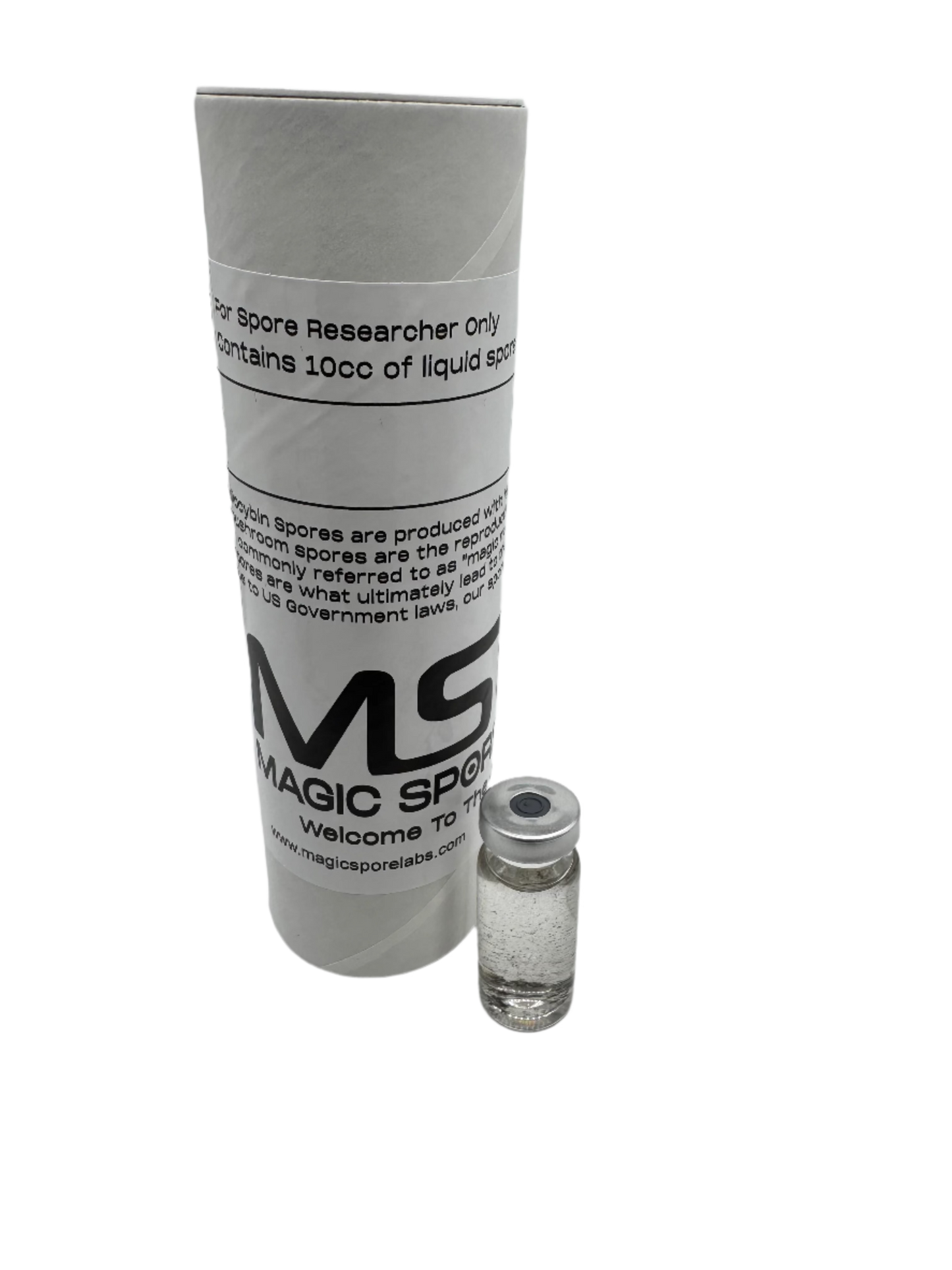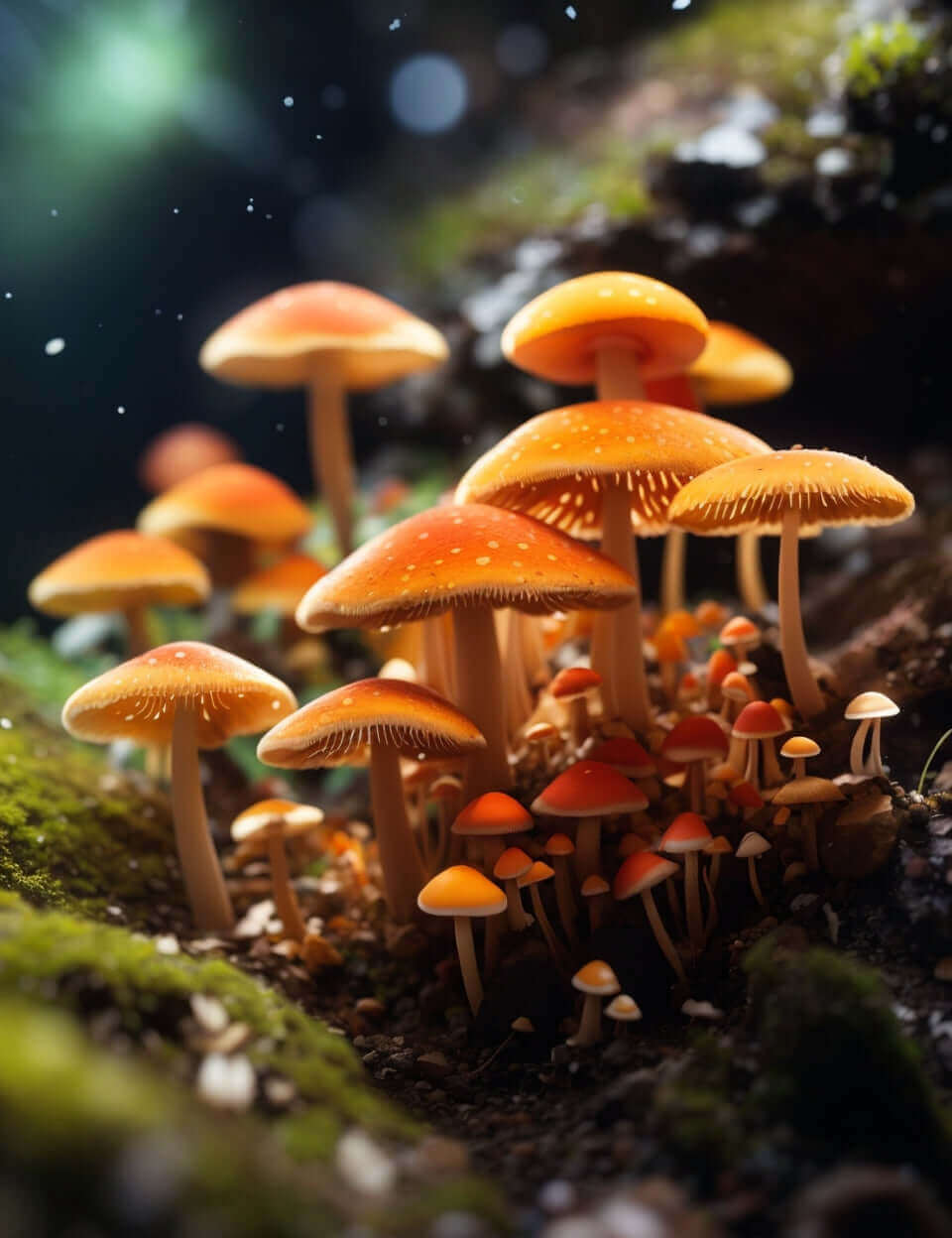Golden Teacher Liquid Spores
Golden Teacher Liquid Spores
Couldn't load pickup availability





Golden Teacher Liquid Spores
Golden Teacher Liquid Spores Review
Revered as the community's most popular strain for its hallucinogenic properties and mycologists' top choice for its versatility, the Golden Teacher Mushroom Spores strain is undeniably a favorite for many. It's the most common strain of the Psilocybe cubensis mushroom, and one of the best-selling on the market as well.
What are Golden Teacher Liquid Spores? Golden Teacher Liquid Spores are spore syringes that contain spores of Psilocybe cubensis mushrooms in a liquid medium. It's a strain that presents a beautiful golden cap, and a thick white winding stem, and when bruised, it features traces of a unique blue color. While its origins remain a mystery, its resilience makes it a perfect study for beginner and veteran researchers. While suspended in a liquid medium, researchers of all experience levels can harness information, create limitless liquid culture, and more.
Whether you're a beginner or a veteran in the world of mushroom research, our Golden Teacher Liquid Spores is the best option. It's one of the most popular, most common, and most preferred mushroom strains to exist, and due to its versatility and characteristics, it's one that we recommend you try first.
Features and Specifications
- Psilocybe Cubensis
- Origins Remain A Mystery
- Golden Teacher Strain
- Recommended For Spore Researchers
- Contains 10cc of Golden Teacher Liquid Spores
- 1.5" 20 Gauge Sterile Dispensing Needle
Product Includes
- 1 x Golden Teacher Liquid Spores 10cc Syringe
Share






Split this syringe with 2 separate substrate kits from North Spore, direct ordered not from amazon. After 25 days no growth at all... I spread the substrate inside the bag out slowly and nothing. I’d give it a second chance and show you pics/videos to prove it.
So as of inoculation 20 days ago I have started liquid culture and have not started fruit yet
Seriously?? I just got the syringe last week. Now y'all know I can't give a review for something that takes a minimum of 45 days to see results. So why don't y'all send me another request when enough time has gone by in order for me to even give a review,,,,duhh!!
I just got a chance to look at the bags. They’re definitely colonizing the attorney, nice and white so yeah, the sports seem to be working great
Golden Teacher Liquid Spores






